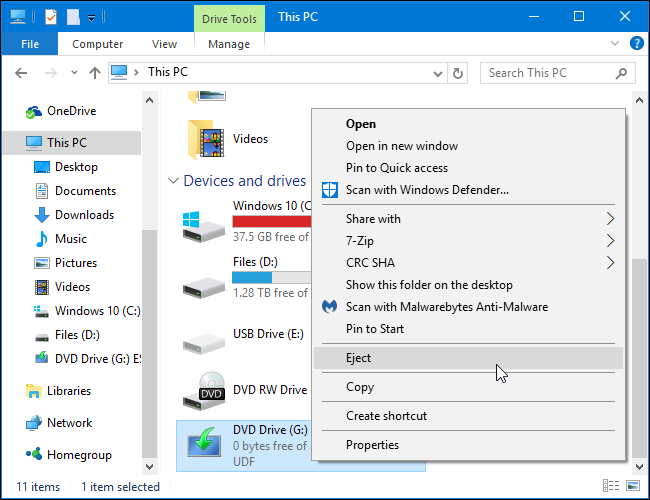


In the Folder Options window, click the View tab and select Show hidden files, folders and drives then click OK. To do this, click the Start button, and in the Search field type Folder Options then press Enter. You should also download and store all of the drivers that your system needs to function-especially the network controller, which tells your network adapter how to access the Internet.Īfter backing up all of your drivers, clean out all of the temporary files and junk data that have accumulated in Windows 7 over the course of prolonged use. You can always reinstall them after completing the repair process but since you’ll be initiating this process from within Windows, you need to remove any security applications that actively scan files. Though the repair process is unlikely to fail or to render any of your files unrecoverable, it’s always a smart idea to back up your data.Īfter you’ve backed up your system’s important data, we recommend uninstalling any third-party security software such as firewalls or antivirus applications. The first step is to back up all of your critical files to an external storage device. Before performing a repair installation, you should take a few precautionary measures to ensure that the process goes smoothly.


 0 kommentar(er)
0 kommentar(er)
